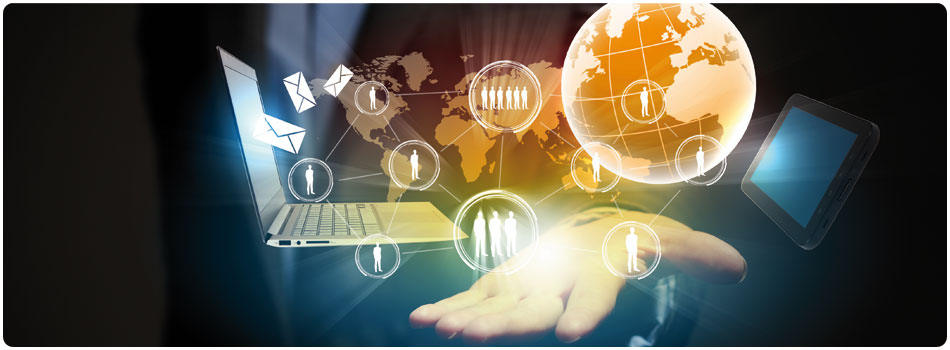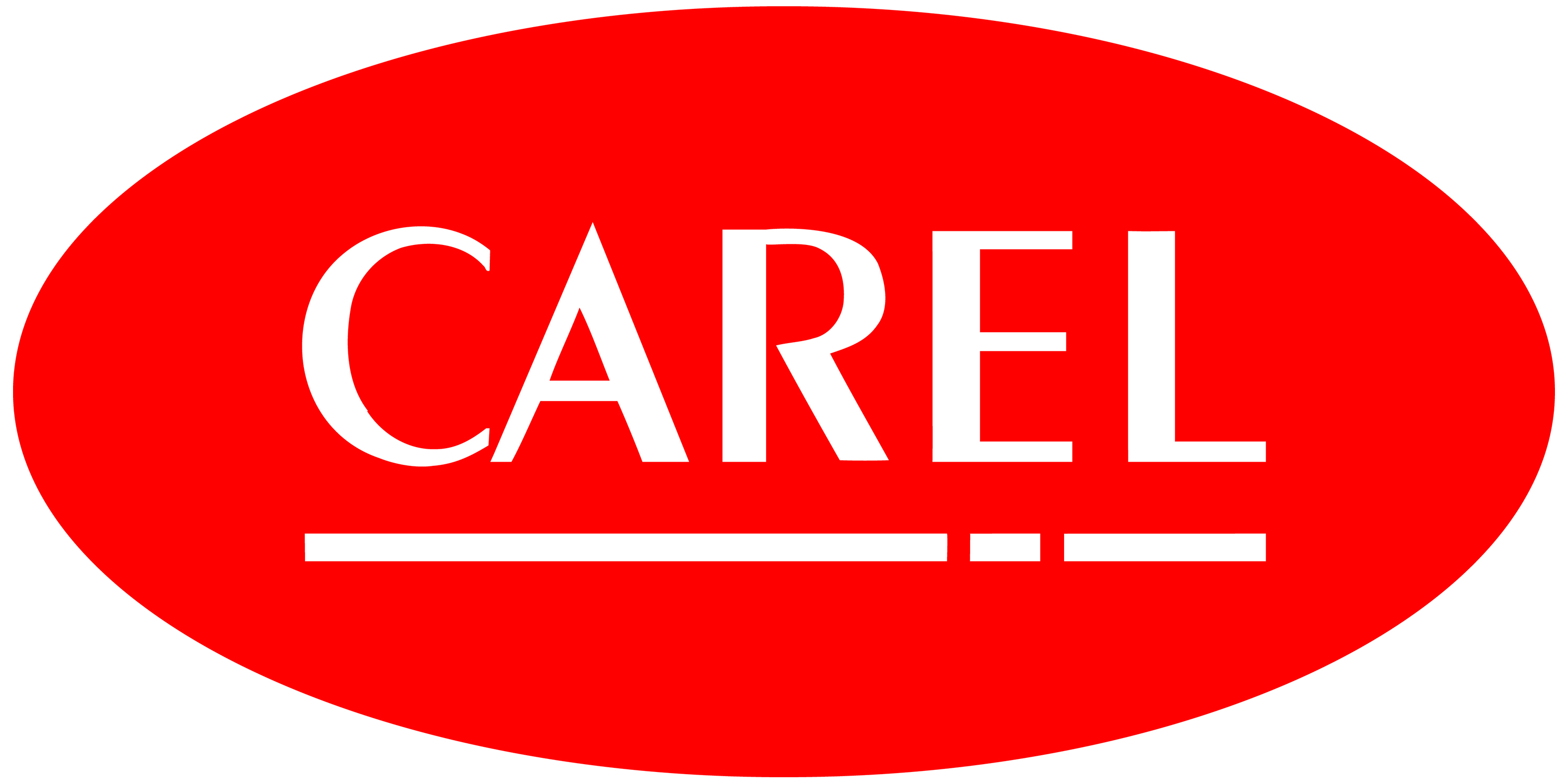Difference between monitoring, remote management and supervision

The design and installation of an electronic control system should include times and methods for checking the system itself, so that actions can be performed at any time to modify, stop or reset the "physical" management of the units.
Electronic control systems represent a significant step forward in modern technology, due to the high degree of flexibility that they have introduced in the management of industrial processes.
In addition, given the very large number of variables controlled and managed, electronic controllers have also allowed improvements in terms of processing and production times, resulting not only in cost savings, but also the possibility to introduce new innovations.
Monitoring
A monitoring system features a hardware device and a purpose-developed software program used to monitor a series of parameters and significant values for the operation of the entire system, as well as the operating status. In this case, the status of the system being monitored can only be checked: the software cannot be used to modify or set any of the values.
A monitoring system is most advantageous when associated with an alarm signalling system. In this case, the values are compared against a series of preset standard or ideal values, or against a range of values that the monitored parameters must stay within. If the values read do not coincide with the preset parameters, the alarm system signals a fault, allowing the user to take action to restore optimum operating conditions.
Remote management
One feature that allows even greater optimisation of running costs and times is the possibility of remote access to the monitoring system. From the remote control centre the user can set the system control parameters, such as the operating times, set points and alarm thresholds, directly on the display panels.
The centralised management of systems that may be installed even large distances apart simplifies troubleshooting operations, as the actions can be carried out in real time.
This technology is most advantageous when it is used to connect a series of small-medium installations in different locations to the same network.
Supervision
More complex and evolved control systems can also provide for the system itself to make decisions, when certain situations arise, so as to ensure correct operation, resolve problems and optimise energy consumption.
These systems that are based on the supervision concept may be defined as "intelligent", as they are programmed to manage a large number of combinations of data and variations.
